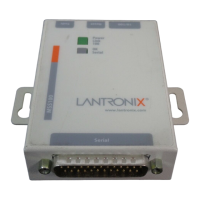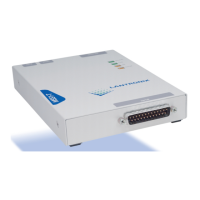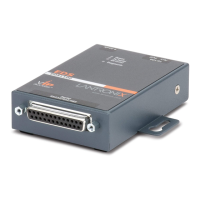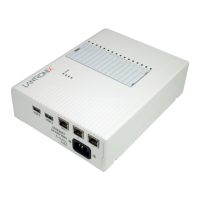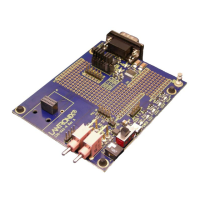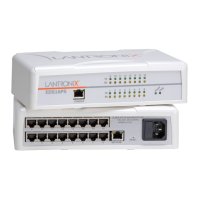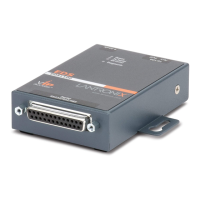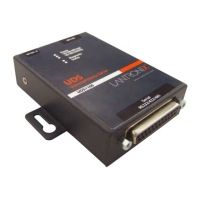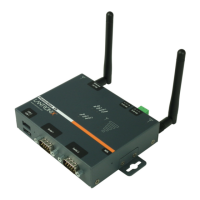Configuration 802.11 Configuration
4-16
Network Mode
There are two types of 802.11 networks: ad-hoc and infrastructure. In an ad-hoc network, devices
communicate directly with one another on a peer-to-peer basis. In an infrastructure network (the default),
several devices communicate with one or more APs. The APs may or may not be connected to a physical
Ethernet network. You must tell your MSS which type of network is present with the Change 80211
Networkmode command.
Figure 4-39: Configuring the Network Mode
The network mode setting relates to the channel setting, explained next.
Channel
The frequency band allocated to 802.11 wireless communications is subdivided into different channels to
allow subnetworking. Your MSS needs to know which channel it should use for communications—the
channel will be the same as the one being used by the local AP. The default setting, Any, causes the MSS
to use the same channel used by the strongest AP with the same ESSID.
The channel setting relates to the network mode setting. For infrastructure network mode, you should set
the channel to Any so that the MSS can synchronize with an AP. For Ad-Hoc network mode, you should
set a specific channel number so that the MSS can start a new IBSS if needed. When the channel is set to
Any, the MSS can only join an existing IBSS.
Figure 4-40: Configuring the 802.11 Channel
A direct-sequence 802.11 network on one channel will affect reception on channels up to two numbers
away. For best performance on collocated wireless networks, you should select channels that are at least
five channels apart from each other. For example, three networks could be put on channels 1, 6, and 11
(depending on your regulatory region). See your PC card documentation for specific information about
which channels are available in your area.
WEP
Some 802.11 cards can be set with a WEP key, which will encrypt any data you transmit through wireless
communication.
To enable WEP, enter the following command:
Figure 4-41: Enabling WEP
Setting the WEP Key and Index Number
When WEP is enabled and a WEP key is set, the MSS will only connect to an AP (in infrastructure mode)
or communicate with other ad-hoc peers (in ad-hoc mode) that have been programmed with the same WEP
key as the MSS. For a key to match, both the key data and the index number must be identical.
Local>> CHANGE 80211 NETWORKMODE ADHOC
Local>> CHANGE 80211 RESET
or
Local>> CHANGE 80211 NETWORKMODE INFRASTRUCTURE
Local>> CHANGE 80211 RESET
Local>> CHANGE 80211 CHANNEL 7
Local>> CHANGE 80211 RESET
Local>> CHANGE 80211 WEP ENABLED
Local>> CHANGE 80211 RESET
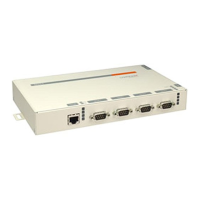
